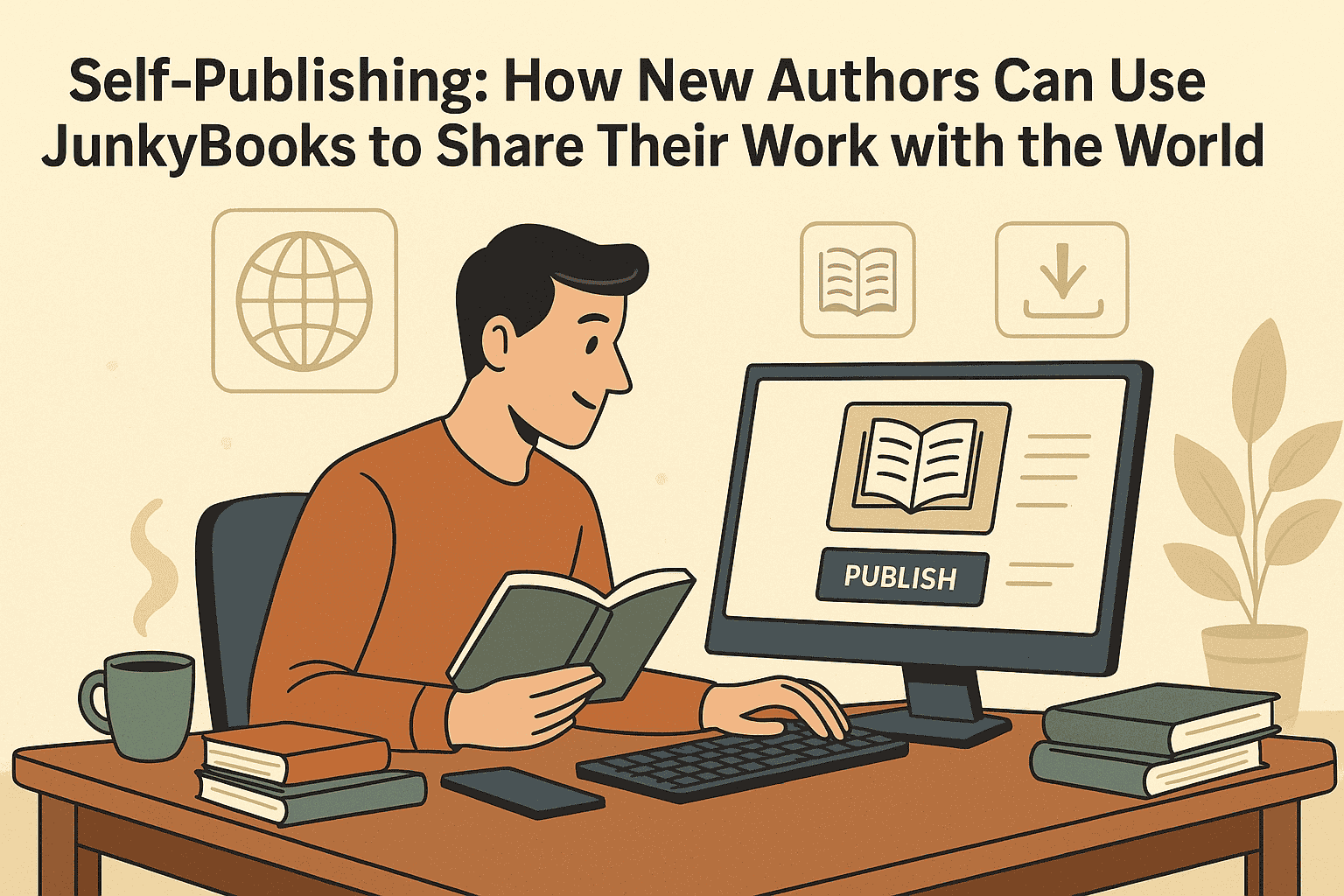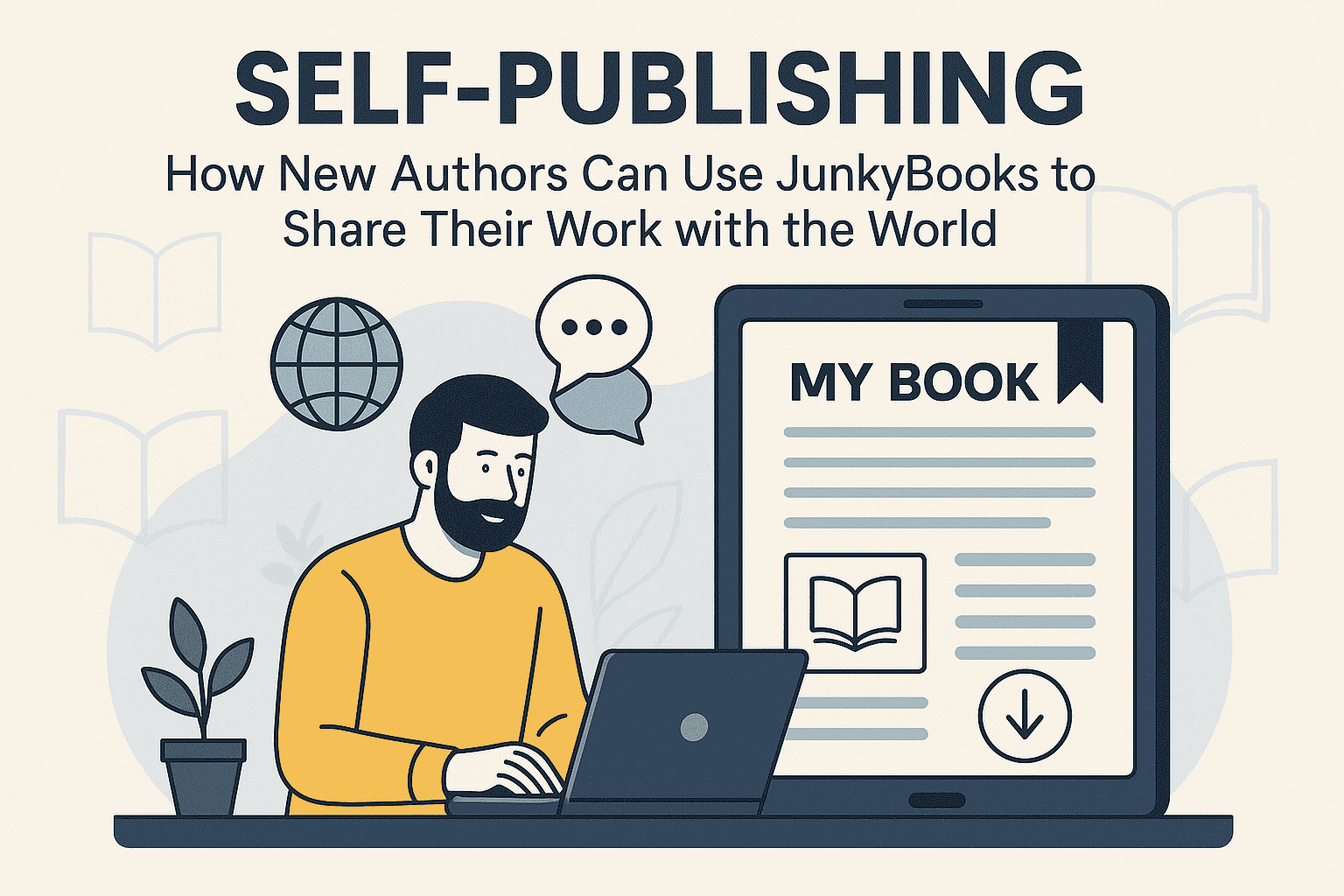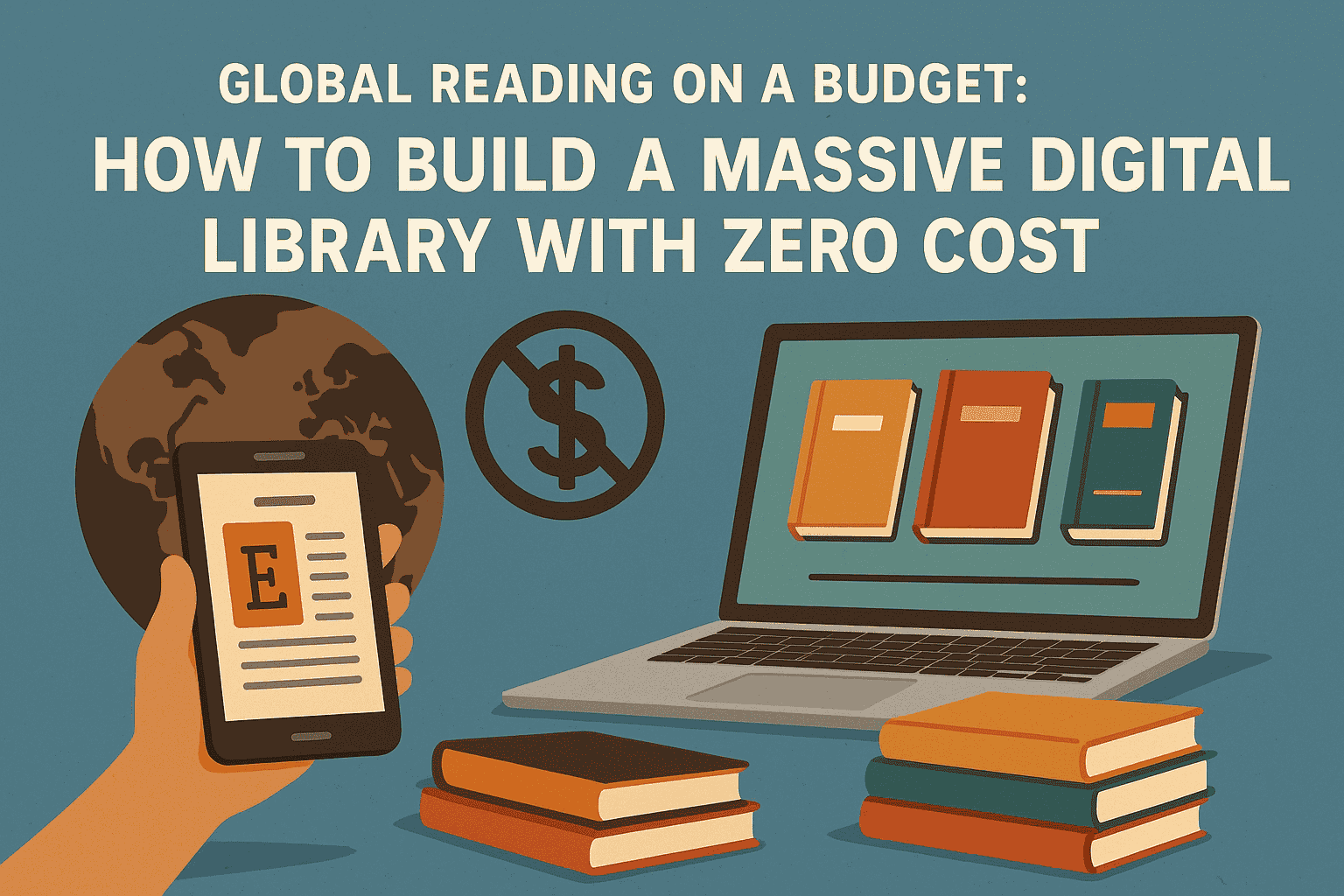The Agile CEO: Learning to Lead in a World of Constant Change (Book Review Roundup)
Leadership is no longer a matter of setting a five-year plan and sticking to it. In 2025, the most effective CEOs and executives are agile—able to adapt quickly, learn continuously, and lead with flexibility through economic upheaval, digital transformation, and cultural shifts.
In recent years, a wave of business books has emerged to guide leaders through this dynamic environment. This blog post is a roundup of the most insightful books on agile leadership—titles that help today’s CEOs not just survive change, but thrive in it.
Whether you’re a publisher looking for trends, a professional curating your reading list, or an entrepreneur eager to sharpen your leadership mindset, these books belong on your shelf.
Why Agility Matters More Than Ever in 2025
From remote work to AI integration and global supply chain disruptions, the business landscape is constantly shifting. Traditional command-and-control leadership models have lost their relevance.
Today’s CEOs are expected to:
-
Pivot rapidly in response to market signals
-
Manage hybrid and remote teams
-
Integrate sustainability and ethics into strategy
-
Lead diverse, multi-generational workforces
-
Encourage innovation while mitigating risk
Agile leadership is not just a skill—it’s a survival trait. And the best new books are tackling this head-on.
1. The Agile CEO: Reinventing Leadership for the 21st Century by Claire Mendoza
Core Message: Agility isn’t a tactic—it’s a mindset.
Claire Mendoza, a leadership coach and former tech executive, offers a practical yet philosophical take on what it means to be an agile CEO. Her book is structured into three parts: Rewire (mindset), Rebuild (team structures), and Reinvent (business models).
Why It Stands Out: Mendoza weaves in neuroscience, emotional intelligence, and personal anecdotes from leaders navigating intense pivots. It’s equally inspiring and actionable.
Notable Quote:
"In agile leadership, the plan isn’t sacred—the people are."
Best For: CEOs in tech, media, and startups; leadership coaches.
2. Leadership in Motion: Navigating Change Without Losing Your Core by Julian Frey
Core Message: Stability and adaptability are not opposites—they're partners.
Julian Frey’s book challenges the binary of tradition vs. innovation. Using case studies from family businesses, Fortune 500s, and nonprofits, Frey demonstrates how agile leaders maintain a stable internal compass while adapting their strategy to changing environments.
Why It Stands Out: Rich with interviews, Frey gives voice to real executives from five continents. There’s a strong cross-cultural perspective here, emphasizing empathy as a leadership superpower.
Notable Quote:
"The agile CEO is not the fastest mover—it’s the one most attuned to context."
Best For: Executives in legacy industries undergoing transformation.
3. Fast, Focused, Flexible: The New Playbook for Executive Decision-Making by Priya Shenoy
Core Message: Decision-making is the battleground for agility.
Priya Shenoy focuses on how agile CEOs make high-stakes decisions under pressure. The book is filled with decision-tree models, prioritization frameworks, and scenarios. Shenoy’s background in behavioral economics gives the writing extra depth.
Why It Stands Out: It's especially strong on cognitive biases and team-based decision-making—making it useful not just for CEOs but for their leadership teams as well.
Notable Quote:
"In agile leadership, the best answer is not perfect—it’s testable."
Best For: High-growth entrepreneurs, product leaders, consultants.
4. Leading the Flux: Lessons from Founders Who Failed Forward by Daniel Zhao
Core Message: Agility comes from experience—and often, failure.
Zhao’s book is a narrative-driven exploration of agility through the lens of failure. He interviews over 30 founders who faced massive business challenges—from legal shutdowns to PR disasters—and turned them into growth opportunities.
Why It Stands Out: It’s more of a storybook than a guidebook, but the takeaways are profound. Zhao emphasizes emotional resilience as the foundation of agility.
Notable Quote:
"Every pivot begins with a pause to reflect. Agility doesn’t mean speed—it means direction."
Best For: Founders, investors, creative professionals.
5. Agile Isn’t a Buzzword: Organizational Agility from the Top Down by Margaret Liu
Core Message: Agility must start at the top—but be modeled across the culture.
Margaret Liu, an organizational psychologist, tackles the disconnect between top-level leadership and day-to-day agility. Her book critiques how many companies adopt "agile" as a label without truly empowering teams or flattening hierarchies.
Why It Stands Out: It offers one of the clearest models for “cascading agility,” where decision-making authority is distributed and feedback loops are short and effective.
Notable Quote:
"The agile CEO builds systems—not silos."
Best For: HR directors, change management consultants, DEI leaders.
Emerging Themes Across These Books
After reviewing these and other books on agile leadership, a few key themes consistently emerge:
1. Emotional Intelligence is Central
Agile leaders must master self-awareness, empathy, and emotional regulation. Several books point to EQ as more important than IQ in managing through change.
2. Feedback Loops Build Stronger Teams
Whether it’s customer feedback or employee input, CEOs are encouraged to create fast, honest communication systems that improve responsiveness.
3. Agility Requires Unlearning
Rigid hierarchies, perfectionism, and long-term planning without room for iteration are repeatedly identified as outdated. The agile CEO must be willing to let go of the familiar.
4. Values Matter More Than Ever
Mission-driven agility outperforms reactive scrambling. Books emphasize that leadership grounded in purpose creates clarity during chaos.
How These Trends Influence the Publishing World
Publishers are seeing increased demand for:
-
Books by diverse, global voices with cross-sector experience
-
Narrative-driven business books with case studies and storytelling
-
Visually engaging formats, including infographics and models
-
Digital extensions such as companion workbooks, podcasts, and online communities
This shift is leading to shorter publishing cycles, collaborative authoring, and hybrid publishing models where books are launched alongside newsletters, courses, or events.
For those in publishing, it’s a moment of opportunity to acquire titles that address leadership as a fluid, human, and evolving practice.
Recommended Companion Reads
If you're building out your bookshelf or editorial calendar, consider pairing these agile leadership titles with books from adjacent topics:
-
The Culture Code by Daniel Coyle (for team dynamics)
-
Range by David Epstein (for generalist thinking in leadership)
-
Deep Purpose by Ranjay Gulati (for purpose-driven strategy)
-
Working Identity by Herminia Ibarra (for navigating professional transitions)
These books expand the agile conversation beyond the C-suite and into organizational culture, individual growth, and strategic thinking.
Conclusion: Agility as the New Standard
The days of rigid top-down management are over. The CEOs who will lead effectively into the next decade are those who embody agility, adaptability, and empathy. The books reviewed here don’t offer simple blueprints—they offer tools for self-awareness, frameworks for change, and stories that humanize the leadership journey.
As both readers and publishers, we are witnessing a transformation in what it means to lead. The agile CEO is not the fastest, nor the loudest—it’s the one who listens, learns, and evolves.
If you’re publishing in the business space, these themes are no longer optional—they are essential.






